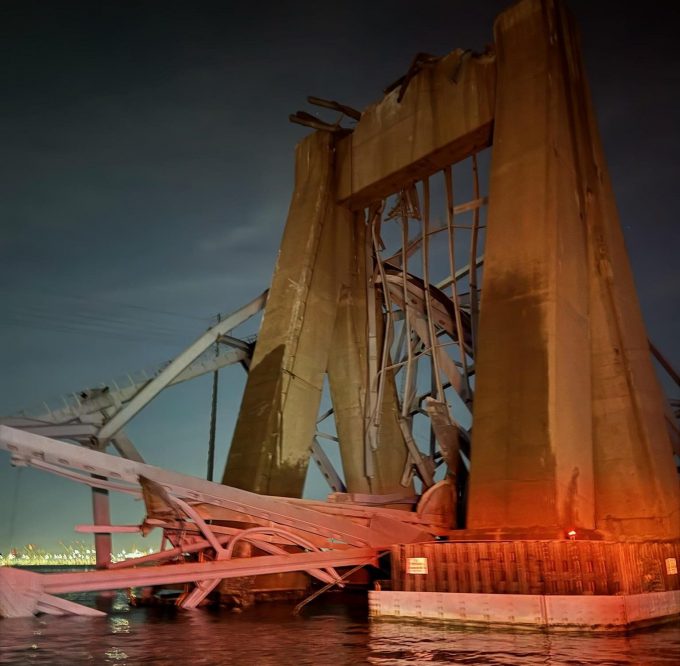Baltimore refloats and moves MV Dali, with services set to resume
The container ship MV Dali that has been blocking the port of Baltimore for two ...

In the fastest Loadstar Explainer ever, we attempt to use what information is available to inoculate readers against some of social media’s most sensational – and extravagantly wrong – conclusions.
Why did M/V Dali smash into the bridge?
A loss-of-propulsion (LoP).
At least one LoP, and associated loss of electrical power ...

Comment on this article